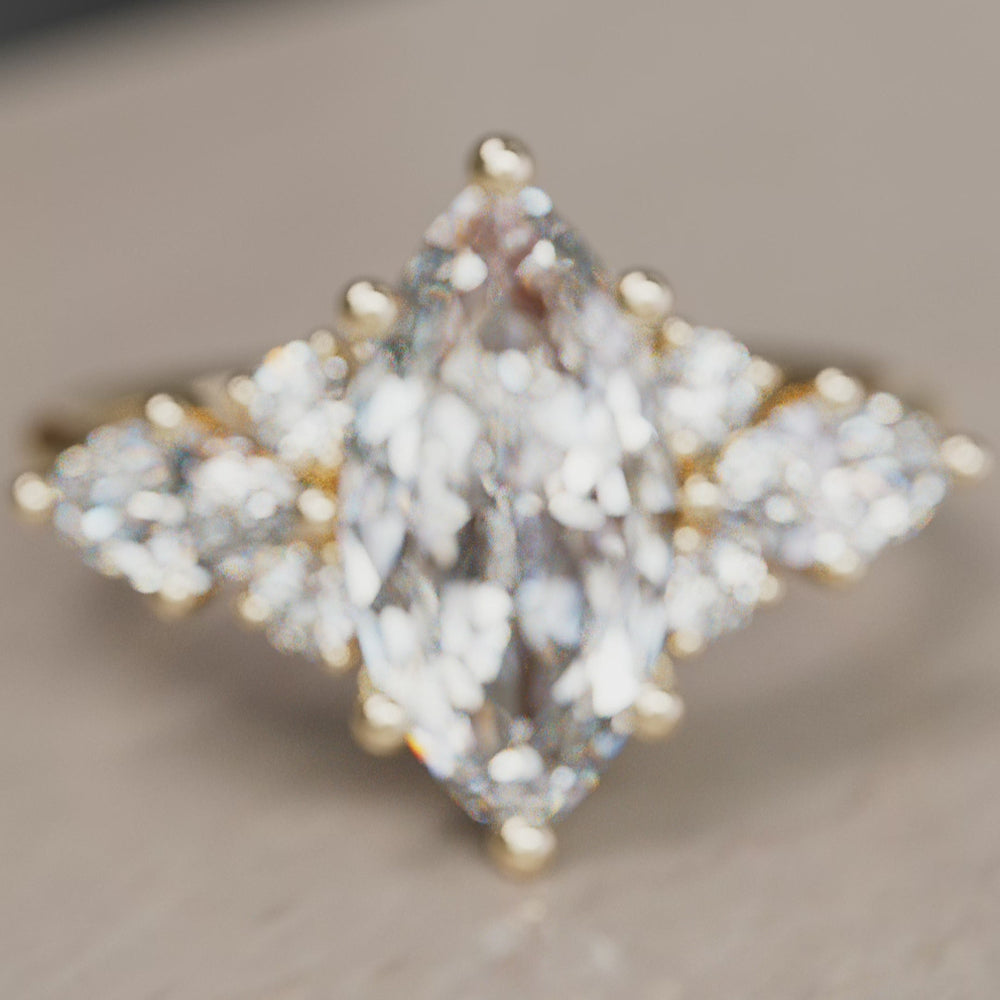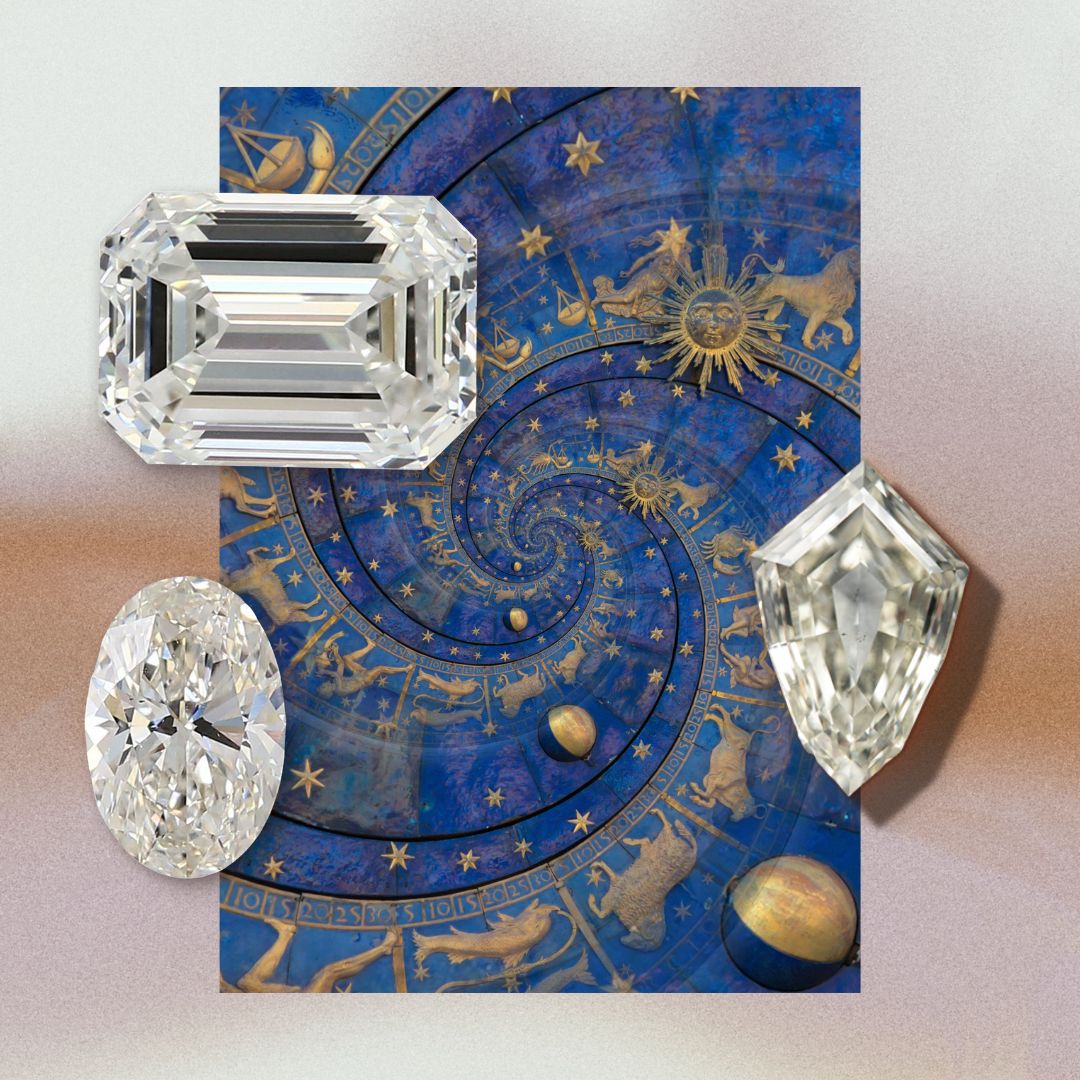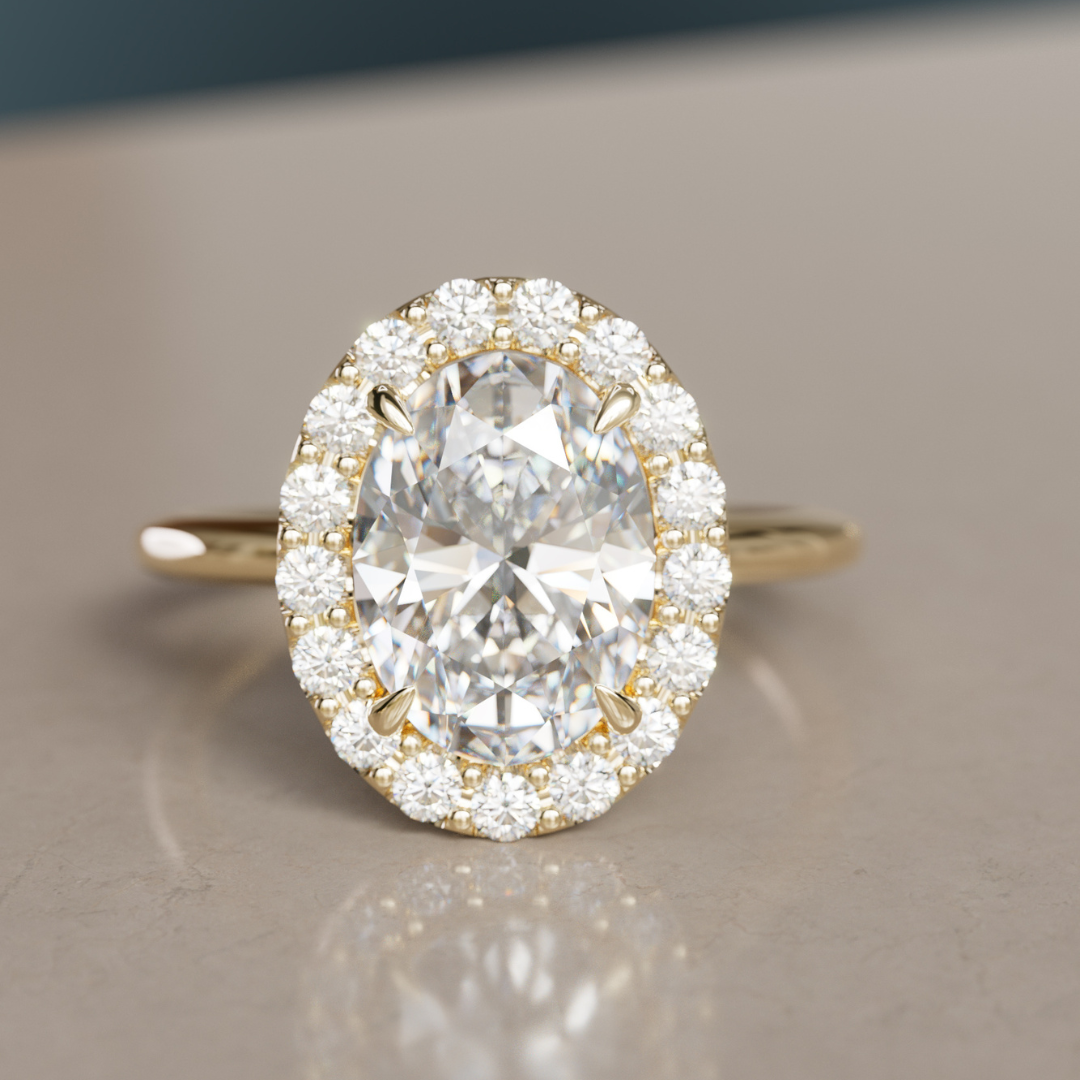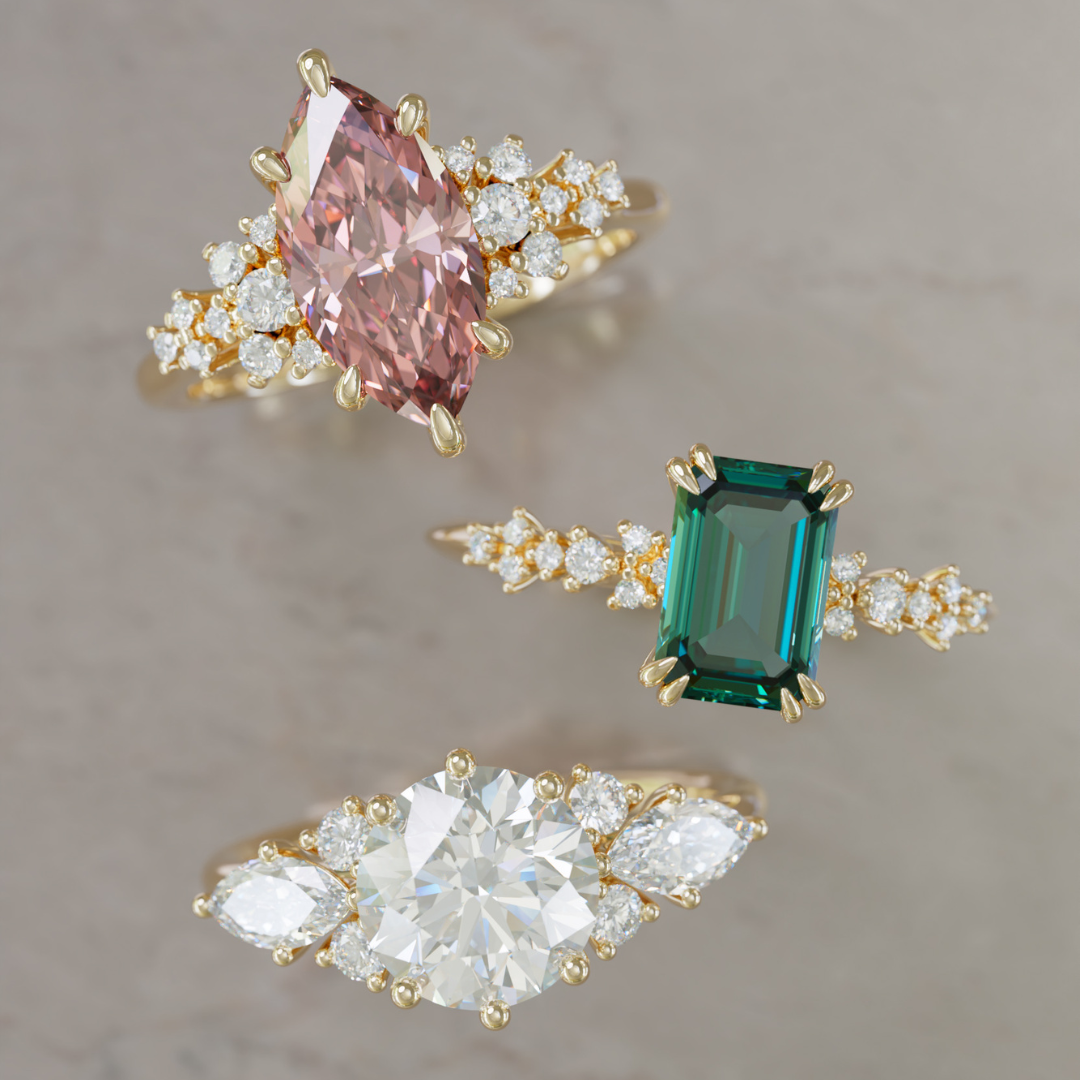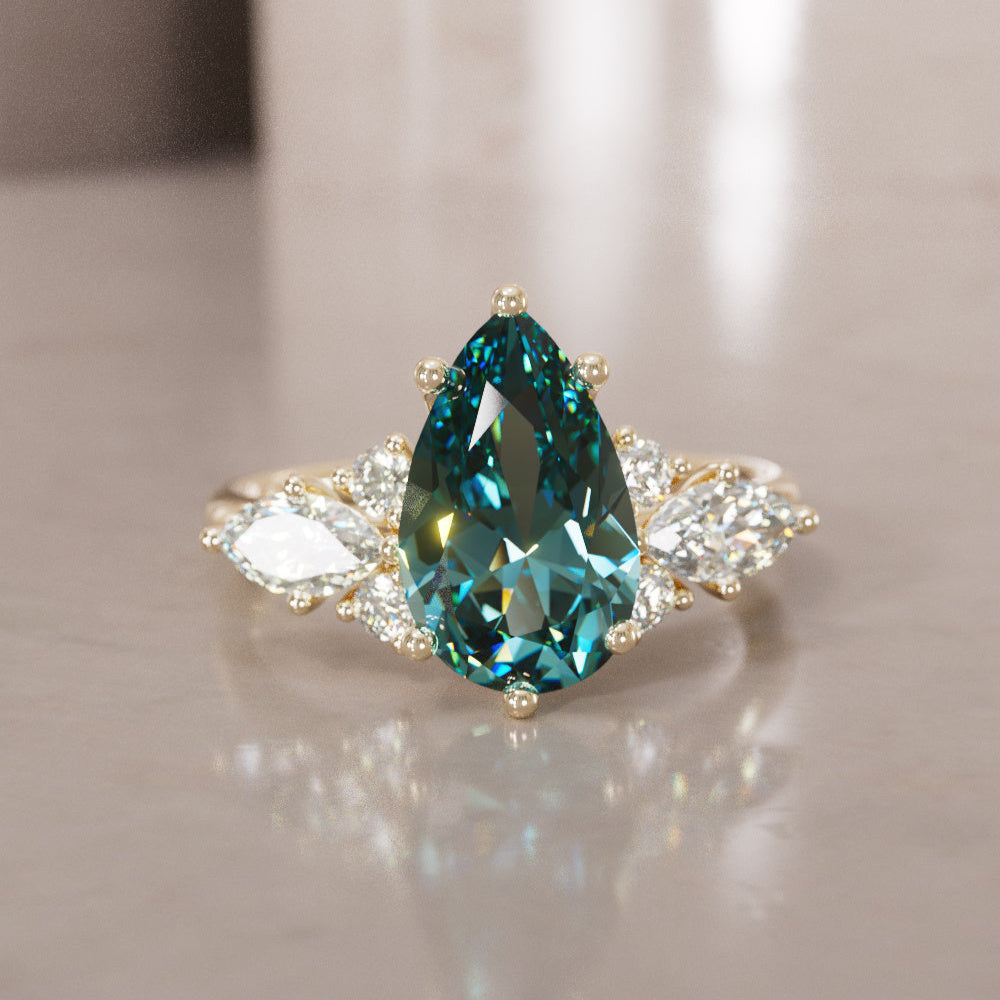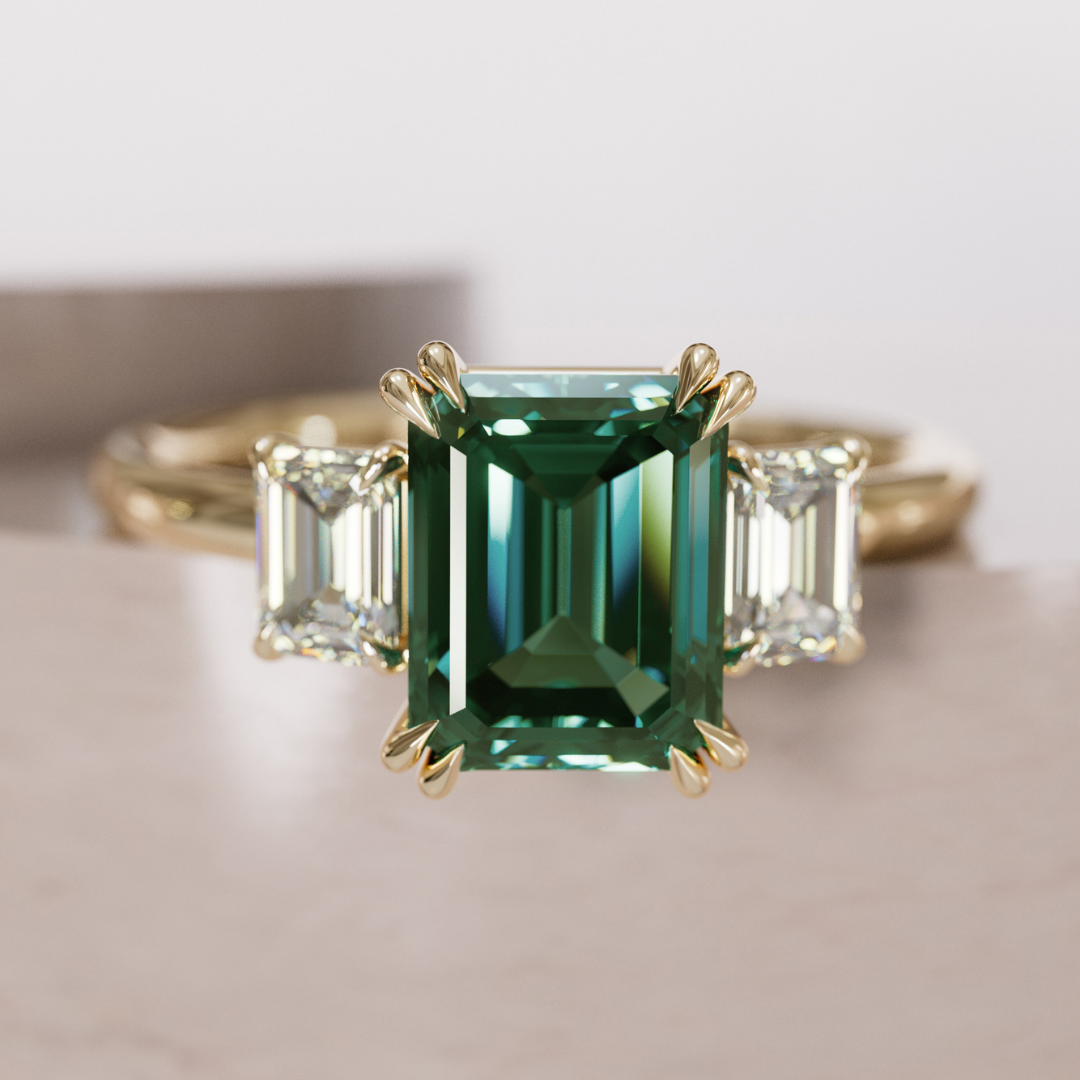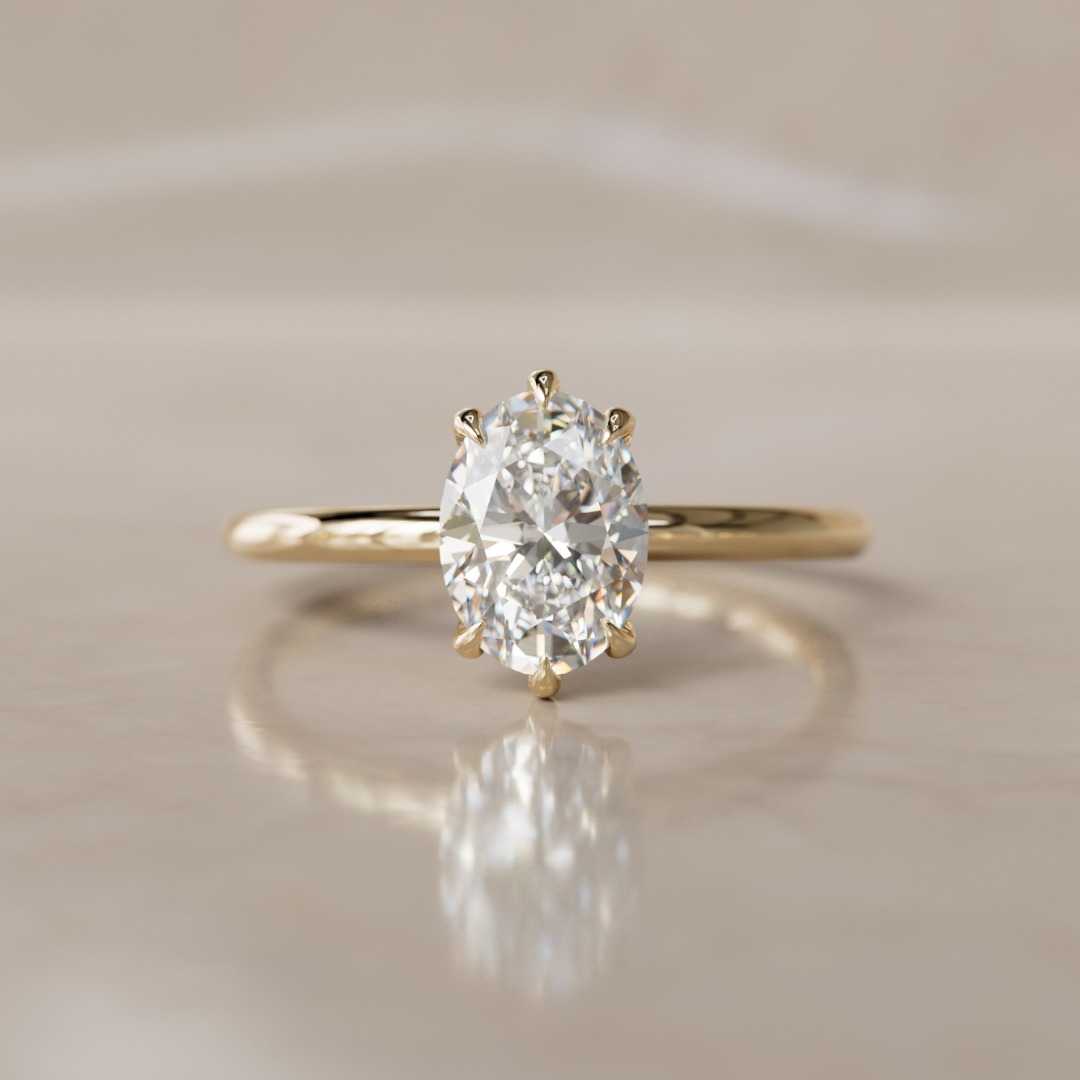-
Engagement Rings
-
Fine Jewelry
January Birthstone Jewelry February Birthstone Jewelry March Birthstone Jewelry April Birthstone Jewelry May Birthstone Jewelry June Birthstone Jewelry July Birthstone Jewelry August Birthstone Jewelry September Birthstone Jewelry October Birthstone Jewelry November Birthstone Jewelry December Birthstone Jewelry -
About
All Engagement Ring Inspiration Sapphire Engagement Rings Sapphire and Diamonds Engagement Rings Unique Engagement Rings Teal Engagement Rings Fantasy Engagement Rings Elvish Engagement Rings Nature Engagement Rings Flower Engagement Rings Celestial Engagement Rings Witchy Engagement Rings Alternative Rings Engagement -
Your cart is currently empty.
-
- View all
-
- View all
- January Birthstone Jewelry
- February Birthstone Jewelry
- March Birthstone Jewelry
- April Birthstone Jewelry
- May Birthstone Jewelry
- June Birthstone Jewelry
- July Birthstone Jewelry
- August Birthstone Jewelry
- September Birthstone Jewelry
- October Birthstone Jewelry
- November Birthstone Jewelry
- December Birthstone Jewelry
-
-
- All Engagement Ring Inspiration
- Sapphire Engagement Rings
- Sapphire and Diamonds Engagement Rings
- Unique Engagement Rings
- Teal Engagement Rings
- Fantasy Engagement Rings
- Elvish Engagement Rings
- Nature Engagement Rings
- Flower Engagement Rings
- Celestial Engagement Rings
- Witchy Engagement Rings
- Alternative Rings Engagement
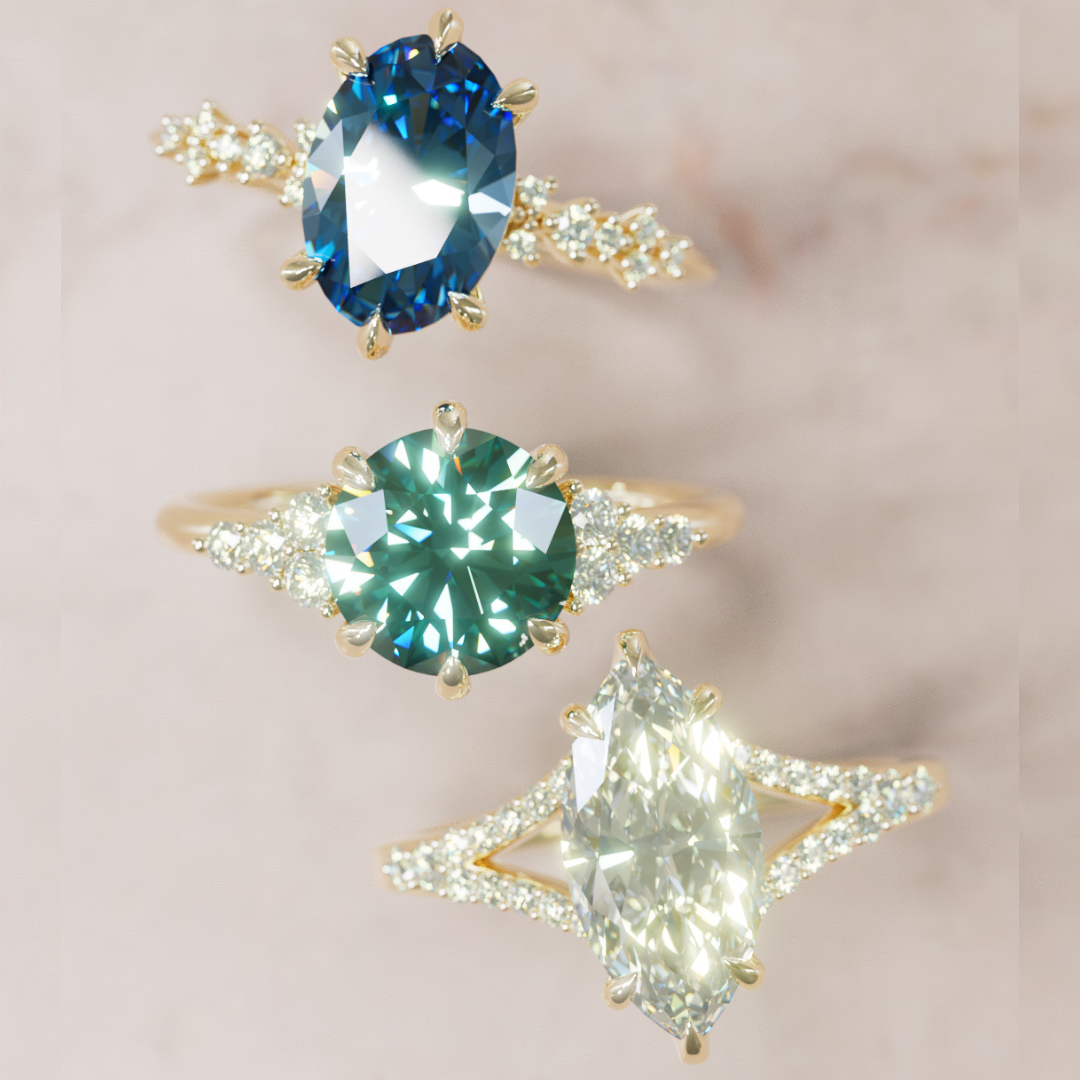
Valley Rose is the Leading Destination for Unique Sapphire Engagement Rings & Lab Diamond Engagement Rings Inspired by Nature
Valley Rose is an ethical and sustainable jewelry brand founded by Brittany Groshong and specializes unique designs. Every piece is meticulously designed by Brittany herself in Spain and is sustainably made to order in New York to ensure exceptional quality. We invite you to explore our beautiful collection of custom engagement rings, wedding rings, diamond earrings, and diamond necklaces with designs inspired by nature. We serve clients all over the world and offer free insured global shipping for our engagement ring and fine jewelry collection.



